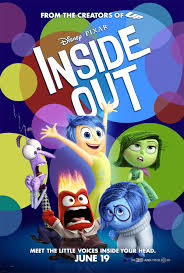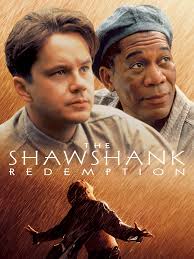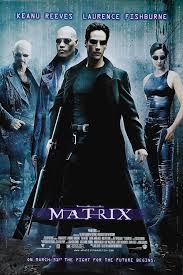
Inside Out
Inside Out (2015): Each emotion in Inside Out is the same color as the emotion it’s most often associated with. For example, Joy is yellow, Sadness is blue, and Anger is red.
Explore how filmmakers use color to evoke emotions, create atmosphere, and highlight key themes in movies.
The color palette of a film sets the overall tone by bringing up certain emotions.
Darker colors are found, unsurprisingly, in darker movies with themes like horror, thriller, and mystery.
On the other hand, lighter colors are often used for romantic comedies, family-friendly films, and other lighthearted genres.
Colors can even define a filmmaker. Just look at Wes Anderson, who relies on hues and primary colors like red and yellow. He’s become so well-known for his unique style that he’s practically made his own film genre.
Within the film, colors help directors convey emotion, establish mood, enhance the narrative, and give life to characters and settings. It can also illustrate a character’s defining personality traits, foreshadow events, and evoke specific emotions.
Examples of color symbolism in movies include:

Inside Out (2015): Each emotion in Inside Out is the same color as the emotion it’s most often associated with. For example, Joy is yellow, Sadness is blue, and Anger is red.

The Shawshank Redemption (1992): Every scene is drenched in dark blues, from the characters’ clothing to the scene’s lighting. In this instance, blue is used to convey sadness and hopelessness. By the movie’s end, the characters are surrounded by bright blues, representing freedom and hope.

The Matrix (1999): Red and green areis a constant themes throughout The Matrix. Red and represents danger, illusion, and the false reality that is the Matrix. It also symbolizes violence, destruction, and danger. Green is used in the Matrix to differentiate between real and virtual worlds. Also blue is used in the film (safety), as the protagonist is asked to choose between a red and a blue pill. (Here, red symbolizes truth and danger and blue symbolizes ignorance and safety.)